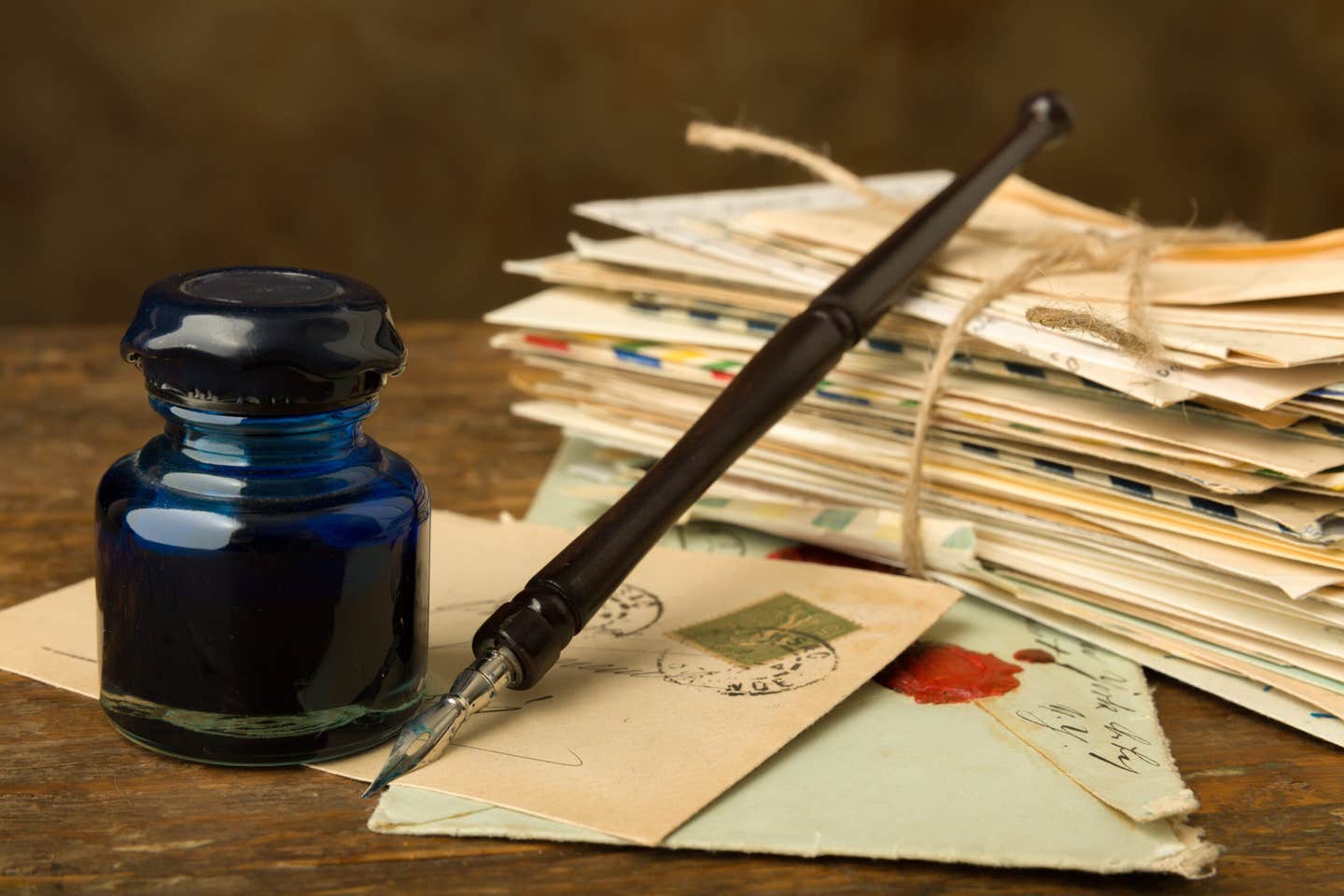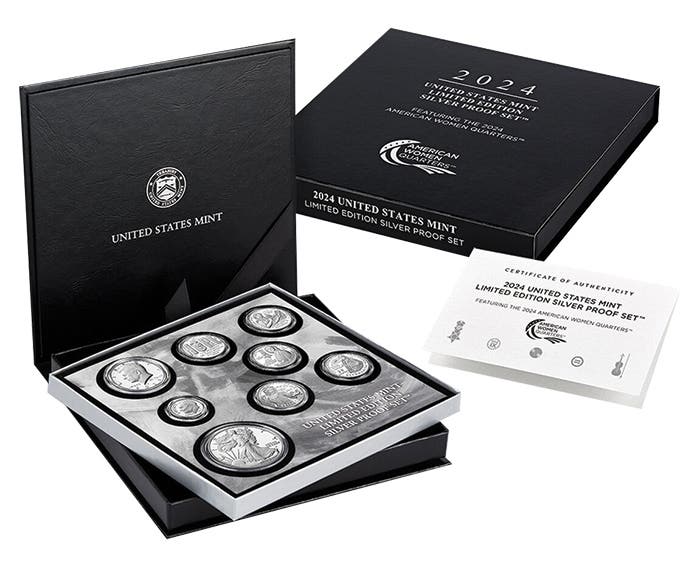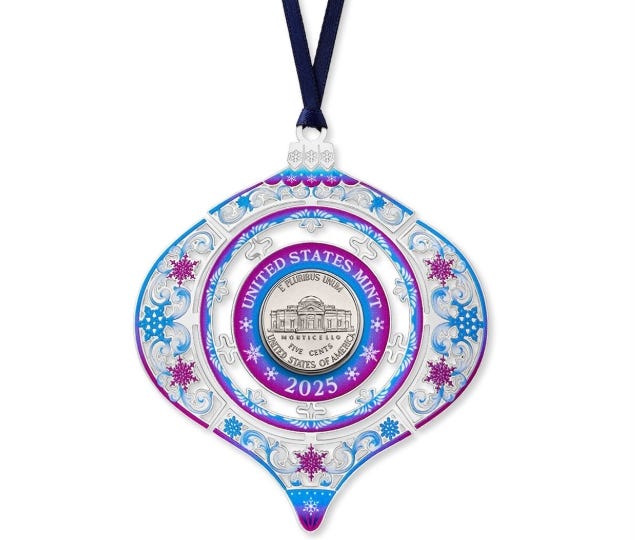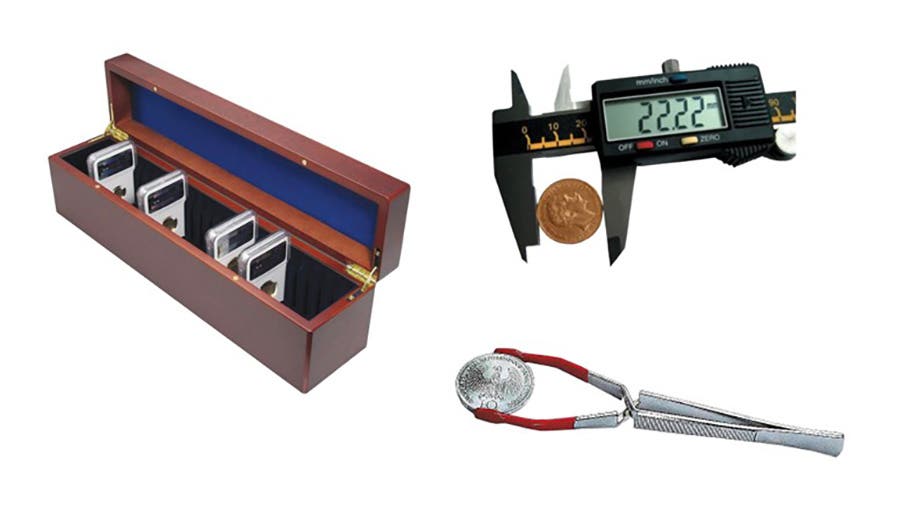Secret Marks on Coins
This column is about what I call “secret marks” on coins. Many of you know that I have been using a stereo microscope to examine coins for most of my…
This column is about what I call “secret marks” on coins. Many of you know that I have been using a stereo microscope to examine coins for most of my adult life. Today, many of you get to see “my world” through magnified images posted in online coin forums taken by other collectors. These observations at high powers of magnification have allowed me to identify many things I see again with just a 5X hand lens or my naked eye alone!
Everything I see on coins can be grouped into four categories:
1. Characteristics found on the die itself.
2. Characteristics resulting from the planchet.
3. Characteristics due to the minting process.
4. Characteristics imparted to the struck coin (post-Mint damage or environmental effects).
Today, I’ll write about unusual characteristics found on the dies that were applied at the Mint to serve a specific purpose. Some of these marks occur on a single die while others are on all the dies with a few exceptions. The “secret marks” placed on one die are very interesting and, in a few cases, researchers have identified the reason they exist.
Looking for but never finding the famous marker on the 1875 Indian cent to catch a thief took up much of my young adult searches. At the time I read the story in the Rare Coin Review, no one had determined what the mark looked like. They only knew it was placed somewhere on the reverse die.
Another infamous mark put on a die on purpose by folks outside the Mint was the “Omega” symbol found on several counterfeit gold coins. A final and lesser-known Mint-made secret mark I named the “2 dot 2” variety is found on a Grant 50-cent commemorative coin. A dot was placed on the Grant Star die after the star was polished off so it could be used to strike more coins or to see how much longer it would last before deteriorating. We’ll never know for sure.
As an authenticator, the secret marks that interest me the most are the ones I believe were placed on the dies by the Mint to detect fakes. I got the idea that was the case because during the same time period, the bank note companies were placing secret marks on our postage stamps. In the past, I’ve written about the “scalloped” stars found on the edge of $10 Indian gold coins (Fig. 1) that I considered to be deterrents to counterfeiting. They are similar to the same characteristic (Fig. 2) found by numismatists long ago on our Capped Bust half dollars. One prevailing theory is that the scalloped or broken stars were placed on the dies engraved by John Reich himself. True or not, similar broken stars can be found on our other coin types long after he died. That’s why I’d rather believe they were used as a counterfeit deterrent.
I’ve asked before if any numismatists who examine coins closely have found other “secret marks” with no response. Are they possibly keeping this information to themselves as I do? Old age will often pry secrets from the lips of men, so here is another marker to look for and discuss that I believe was placed on genuine dies in secret to deter counterfeiting. If you look at the denticals around the obverse rim of our Liberty $5 gold coins, with a few exceptions, you will find that two of the teeth, 180 degrees apart, are split down the middle. It looks like the one imaged here in Fig. 3. It’s in my nature to let folks discover things by themselves, so I’m going to let interested collectors determine for themselves at what part of a clock dial they are located.









